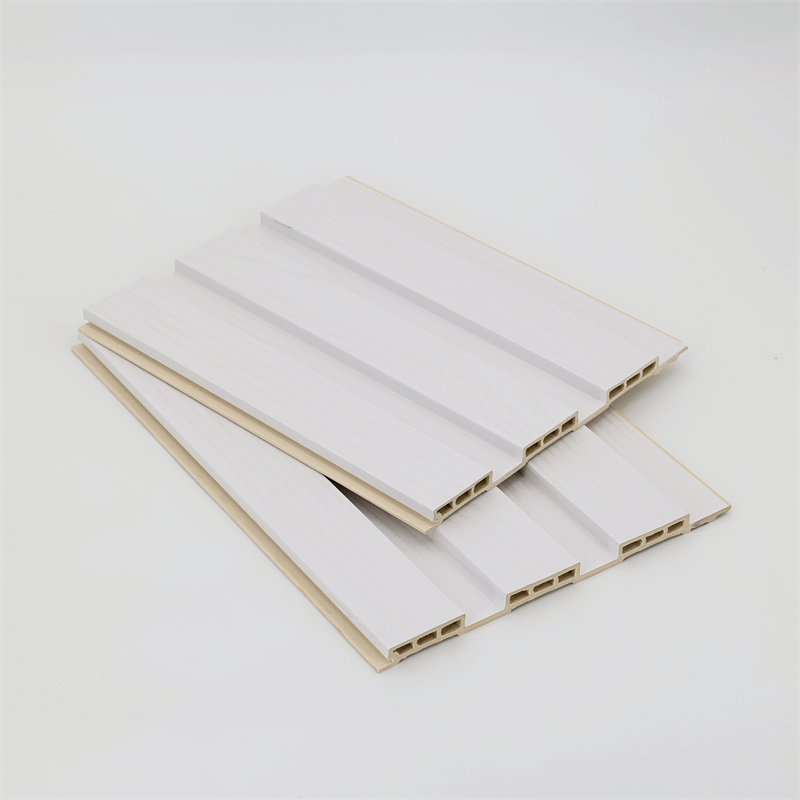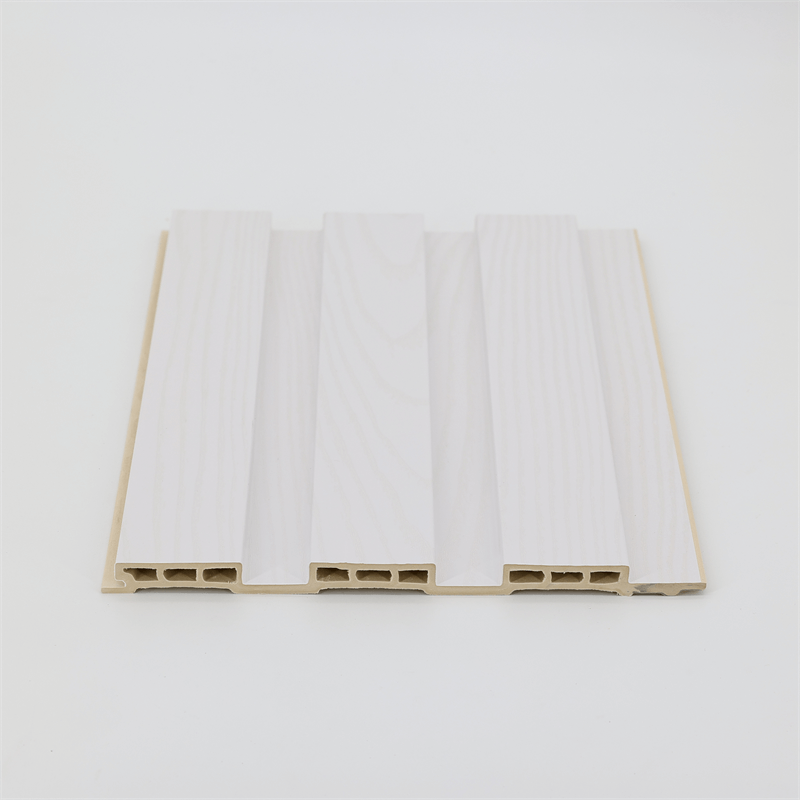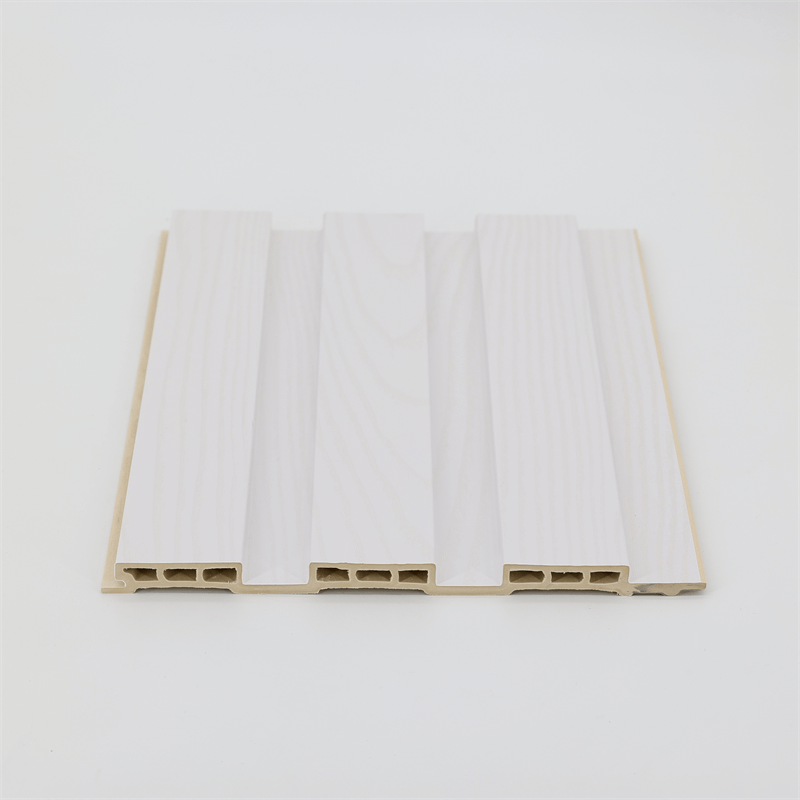
Wood Plastic Composite (WPC) has gained immense popularity in the construction and home improvement industry,
offering a sustainable and versatile alternative to traditional materials.
As the demand for WPC products grows, it becomes essential for consumers and builders to have a comprehensive understanding of WPC pricing.
This WPC price guide aims to provide valuable insights and information to help make informed decisions when selecting WPC products for various projects.
By understanding the factors that influence WPC pricing and considering the benefits it offers,
consumers can make choices that align with their budget, design vision, and sustainability goals.
Understanding WPC Pricing: Factors at Play
WPC pricing is influenced by several key factors that contribute to the overall cost of the material and products.
It is essential to grasp these factors to better assess the value of WPC for different projects. Some of the key factors affecting WPC pricing include:
Raw Material Composition: The primary components of WPC are wood fibers or flour and thermoplastic resins.
The quality and sourcing of these raw materials can impact the final price of WPC products.
High-quality wood fibers sourced from responsibly managed forests and premium-grade thermoplastic resins may result in a higher cost.
Manufacturing Process: The manufacturing process of WPC involves blending the wood fibers or flour with thermoplastic resins and additives.
Advanced production techniques and technologies may increase the manufacturing cost, which can be reflected in the pricing of WPC products.
Quality and Performance: The quality and performance attributes of WPC products can vary across different manufacturers and brands.
Higher-quality WPC products with enhanced resistance to moisture, UV rays, and wear may come at a higher price point due to their improved durability.
Aesthetic Appeal and Design Options: WPC products with various design options, colors, textures,
and embossed patterns may command a premium due to their enhanced aesthetic appeal.
Customized or specialty designs may also contribute to the overall cost.
Application and Use: The specific application and use of WPC products can also affect their pricing.
For instance, WPC decking designed for heavy traffic and outdoor use may be priced differently based on its durability and weather resistance.
By understanding these factors, consumers can better assess the value of WPC products and make decisions that align with their project requirements and budget.

Weighing Benefits Against Cost: The Value of WPC
While price is an important consideration, it is equally crucial to recognize the numerous benefits that WPC offers, making it a valuable investment in various projects:
Sustainability: WPC is an eco-friendly material that reduces the demand for traditional wood resources.
By using recycled wood fibers and eco-friendly thermoplastic resins, WPC contributes to sustainable and responsible construction practices.
Durability and Longevity: WPC offers superior durability and resistance to moisture, decay, and pests compared to traditional wood.
This results in a longer lifespan and reduced maintenance costs over time.
Versatility: WPC is available in various applications, from decking and cladding to furniture and flooring.
Its versatility makes it suitable for a wide range of construction and design projects.
Low Maintenance: WPC requires minimal maintenance, eliminating the need for frequent staining, sealing, or painting.
This saves time, effort, and long-term maintenance costs.
Aesthetic Appeal: WPC maintains the natural look and feel of wood, providing a warm and inviting ambiance.
With various design options, WPC products enhance the visual appeal of any space.
Eco-Conscious Design: Choosing WPC aligns with sustainable building practices,
contributing to green building certifications and eco-conscious design initiatives.
By considering the numerous benefits that WPC offers, consumers can weigh these advantages
against the cost and make well-informed decisions that lead to a sustainable and visually appealing project.
Evaluating the Cost and Budget Considerations
When considering WPC products, it is essential to have a clear understanding of the project budget and cost implications.
Here are some key considerations to evaluate the cost of WPC for your project:
Budget Allocation: Determine a budget for your project and allocate a portion for WPC products.
Consider the overall scope of the project and how WPC fits into the budget.
Research and Compare: Conduct thorough research and compare various WPC products available in the market.
Look for product specifications, customer reviews, and warranties to assess the quality and performance of the products.
Long-Term Investment: Consider WPC as a long-term investment in your project.
Higher-quality WPC products may have a higher upfront cost but offer better durability and reduced maintenance expenses over time.
Value for Money: Evaluate the value that WPC brings to your project in terms of sustainability, performance, and aesthetic appeal.
Consider the overall benefits and advantages of choosing WPC over other materials.
Cost vs. Quality: Strike a balance between cost and quality when selecting WPC products.
Avoid compromising on quality for a lower price, as it may lead to additional expenses in the long run.

Embracing the Benefits of WPC: A Wise Choice for Sustainable Projects (Continued)
As consumers and builders embrace the benefits of WPC, the material is becoming increasingly prevalent in various construction and design projects.
Its eco-conscious attributes, combined with its durability and aesthetic appeal, make it a favored choice for creating sustainable and visually stunning spaces.
Here are some additional reasons to consider embracing WPC in your projects:
Eco-Friendly Solution: Choosing WPC demonstrates a commitment to sustainability and responsible environmental practices.
By using recycled wood fibers and eco-friendly thermoplastic resins, you contribute to the reduction of waste and the preservation of natural resources.
Enhanced Outdoor Living: WPC decking and cladding products are particularly well-suited for outdoor living spaces.
Their resistance to weather, moisture, and pests allows homeowners to enjoy their outdoor areas without worrying about deterioration or frequent maintenance.
Endless Design Possibilities: WPC offers an extensive range of design possibilities, enabling creativity and customization.
Whether you prefer a natural wood look, modern textures, or vibrant colors, WPC can accommodate various design preferences.
Time-Saving Installation: WPC’s lightweight nature and interlocking mechanisms facilitate straightforward and time-saving installation processes.
This factor can be particularly advantageous for large-scale projects, reducing labor costs and project timelines.
Consistent Quality: Reputable manufacturers and suppliers ensure consistent quality in their WPC products.
This reliability guarantees that your project’s end result meets your expectations and maintains its appearance and functionality over time.
Reduced Carbon Footprint: By using WPC, you contribute to reducing your project’s overall carbon footprint.
Choosing eco-friendly materials and sustainable construction practices can lead to obtaining
green building certifications and improving the overall environmental impact of your project.
Incorporating WPC into your project not only aligns with eco-consciousness but also enhances the value and longevity of the space.
Its resistance to moisture, decay, and pests ensures that your investment will stand strong against the test of time and the elements.
Demystifying WPC pricing and understanding the various factors that influence the cost is
crucial for making informed decisions when selecting WPC products for construction and design projects.
By evaluating the benefits of WPC against its cost and considering budget considerations,
consumers and builders can create sustainable and visually appealing spaces that align with their project goals.
WPC offers a winning combination of environmental responsibility, durability, and aesthetic appeal, making it a smart choice for modern projects.
Its eco-friendly nature, low maintenance requirements, and diverse design options contribute to its popularity in the construction and home improvement industry.
As we move towards a more sustainable future, WPC’s place in the construction industry remains secure.
By embracing the benefits of WPC and making eco-conscious choices, we can contribute to reducing our environmental impact while creating beautiful and enduring spaces.
In conclusion, WPC represents a transformative material that not only provides a cost-effective solution but also promotes eco-consciousness, durability, and design flexibility.
Embrace the potential of WPC in your next project and become a part of the movement towards sustainable construction and responsible building practices.
